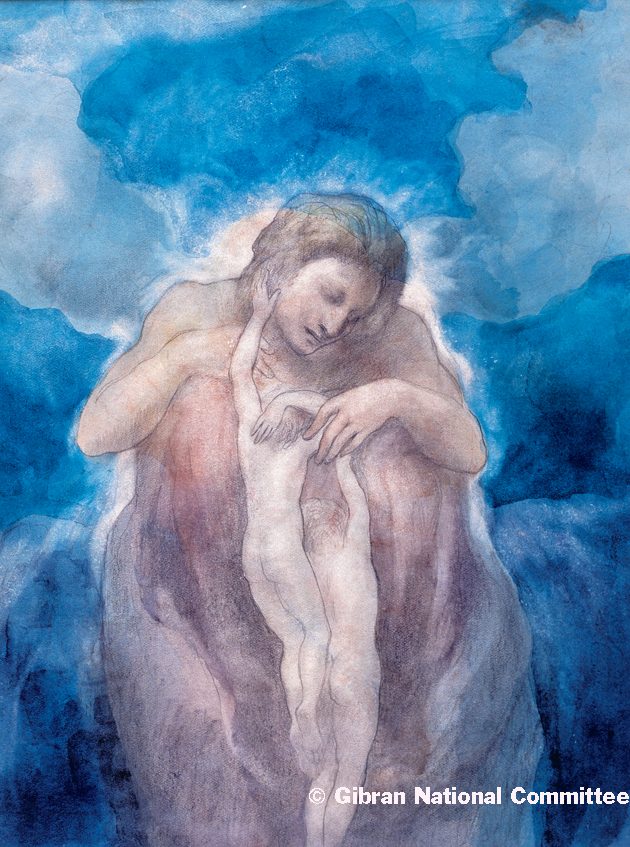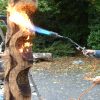Report by Rita Saadé
It is through crossing beautiful villages with breathtaking scenery, of forests and mountain peaks that we reach Bcharre in North Lebanon, hometown of Gibran Khalil Gibran, the author, poet, and Lebanese painter renowned worldwide for his book The prophet, translated in many languages.

Gibran Khalil Gibran museum is a unique place, showcasing 440 paintings and original drawings of Gibran. During the VIIth century it was a hermitage, Mar Sarkis of Bcharre. At the end of the XVIIth century, the hermitage and its annexes were passed on by Bcharre notables to the Carmelite monks living in Qadisha valley. The construction of the new monastery by the Carmelites was finished in 1862. Mar Sarkis monastery and the hermitage were transformed to become the museum and the tomb of Gibran.
In 1926, while still living in New York, Gibran expressed his will to buy the hermitage and the monastery from the Carmelites, to make of the hermitage his tomb.
On August 22, 1931 the mortal remains of Gibran arrived to Bcharre. His sister Mariana, realized the dream of her brother and acquired the monastery and the hermitage, where Gibran remains rest.

It is only in 1975 that the monastery is transformed into a museum, where Gibran masterpieces are exhibited. Enlarged by Gibran national Committee, a stairway was constructed to link the three floors. Twenty years later, in 1995, the museum was modernized and equipped with the best material, to meet the international criteria applied to the best museums.
Sixteen rooms are spread on three floors, where the paintings are exhibited chronologically in their historical and biographical context. We also find furniture, manuscripts and Gibran’s private library.
Gibran’s paintings depict nature and human forms in their nudity, portraits with clear outlines are also presented, the paintings of Gibran unveil his talent and his interior search for the absolute. He invites us to transcend materialism, to purify ourselves and reach for infinity. The purity of the human, his elevation from the purified nature to the ethereal spheres and the vision of the absolute, are incarnated in these figures floating in the air, far from material bonds.


The ancient hermitage transformed into a tomb
From room XVI to Gibran’s tomb, the visitor goes down seven steps cut into the rock where the remains of a great author rest.
Outside the visitor can admire the village of Bcharre overlooking the sacred valley of Qadisha… A breathtaking scenery. Bcharre is protected to the East by the imposing Makmel mountain where Qornet al Sawda culminates on 3088 meters.









